2497
0
What is Inflation?
Inflation measures the average price change in a basket of commodities and services over time. Inflation refers ..
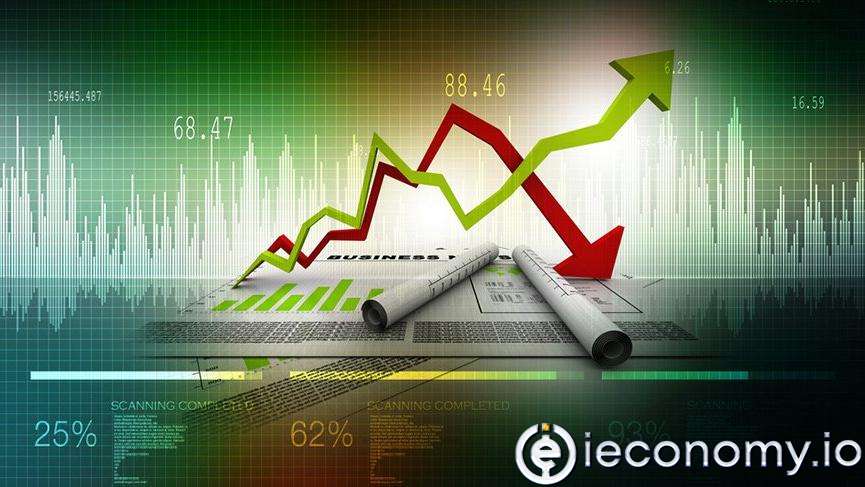
Yazar: johnlord
Yayınlanma: 26 Ağustos 2021 14:57
Güncellenme: 20 Nisan 2024 04:15
What is Inflation?
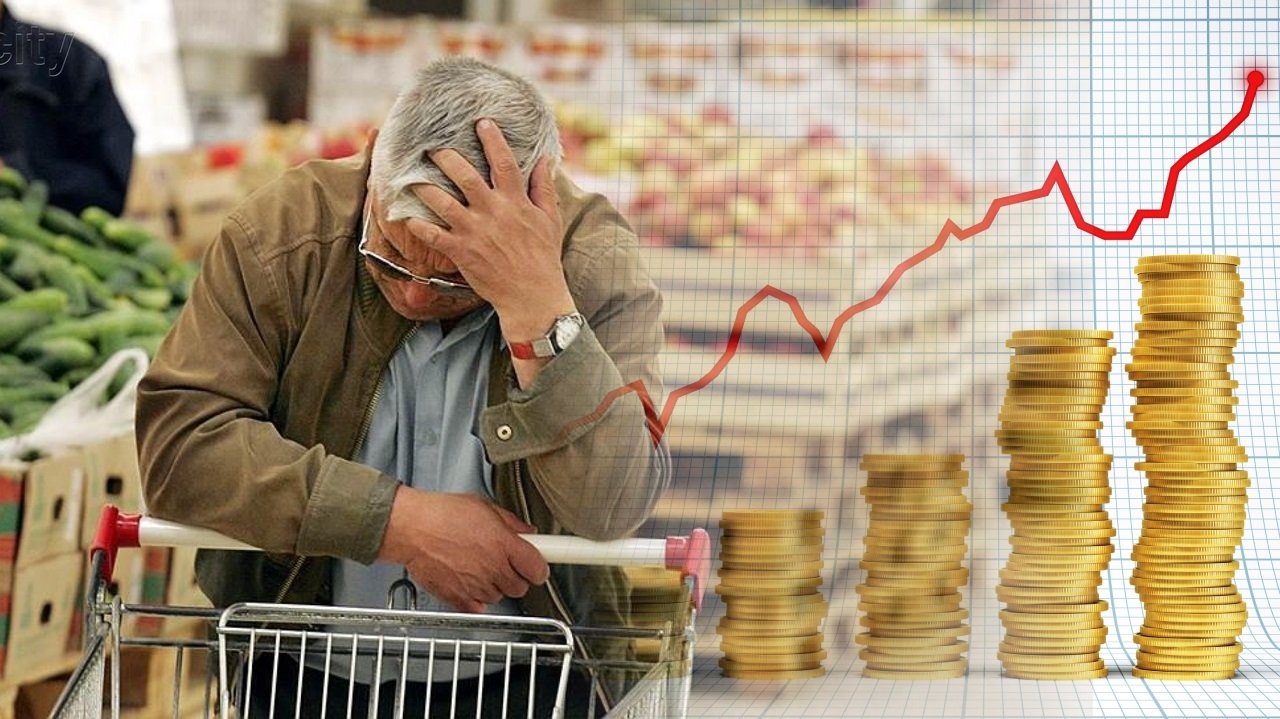 Inflation measures the average price change in a basket of commodities and services over time. Inflation refers to the increase in the prices of most daily or commonly used goods and services, such as food, clothing, and housing. The opposite movement - decrease in the price index of this basket of goods is called 'deflation'. Inflation is an indication that the purchasing power of a country's currency has decreased. This is measured as a percentage.
Inflation measures the average price change in a basket of commodities and services over time. Inflation refers to the increase in the prices of most daily or commonly used goods and services, such as food, clothing, and housing. The opposite movement - decrease in the price index of this basket of goods is called 'deflation'. Inflation is an indication that the purchasing power of a country's currency has decreased. This is measured as a percentage.
What is Deflation?
Deflation is a general decline in the prices of goods and services, often associated with a contraction in the money and credit supply in the economy. During deflation, the purchasing power of the currency rises over time.Understanding Inflation
While it is easy to measure the price changes of individual products over time, human needs are more than some of the products in question. Individuals need a large and diversified set of products and services to lead a comfortable life. These include utilities such as food, fuel, electricity and transportation, and services such as health, recreation and labour. Inflation aims to measure the overall effect of price changes for a diversified set of goods and services. As a currency depreciates, prices rise and it buys fewer goods and services. This loss of purchasing power affects the overall cost of living for the common people and ultimately leads to block the economic growth. To combat this, the monetary authorities of countries such as the central banks take the necessary measures by managing the money and credit supply to keep inflation within permissible limits and to keep the economy running smoothly. For example, after Spain's conquest of the Aztec and Inca empires, large amounts of gold and especially silver, flowed into the Spanish and other European economies. As the money supply increased rapidly, the value of money fell, contributing to the rapidly rising prices.What Causes Inflation?
There are three main causes of inflation: demand-pull inflation, cost-push inflation and Built-in inflation. Demand-pull inflation refers to situations in which not enough products or services are produced to keep up with demand, causing their prices to rise. Cost-push inflation occurs when the cost of producing products and services rises, forcing businesses to raise their prices. Finally, built-in inflation, sometimes referred to as the "wage-price spiral", occurs when workers demand higher wages to keep up with rising costs of living. This causes businesses to raise their prices to offset the rising wage costs, leading to an inevitable cycle of wage and price increases.Demand-Pull Effect
Demand-pull inflation occurs when the increase in the supply of money and credit increases faster than the productive capacity of goods and services. This increases demand and leads to price increases. With more money available to individuals, positive consumer sentiment leads to higher spending and this increased demand drives prices higher. With higher demand and less supply, a demand-supply gap is created, resulting in higher prices.Cost-Push Effect
Cost push inflation is inflation that is affected by the increase in the prices of inputs such as labor and raw materials. The increased price of the factors of production leads to a decrease in the supply of these goods. While demand remains stable, rising commodity prices cause a rise in the overall price level.Built-in Inflation
This inflation reflects the changing expectations of consumers. When people are accustomed to a steadily rising rate of inflation or have reason to believe that inflation will worsen, they demand higher wages to maintain their current standard of living. If producers have to pay higher wages, they pass this on to the consumer in the form of higher prices, which can lead to more inflation. If the cycle continues, it turns into a wage-price spiral.How Is Inflation Measured?
Various variants of price indices can be used to calculate the value of inflation between two specific months (or years). There are many ready-made inflation calculators available on various financial portals and websites. Also, you can find the basic mathematical formula below. % Inflation rate = (Final CPI Value/initial CPI Value)*100 What are Price Indices?
What are Price Indices?
A price index (PI) is a measure of how prices have changed over a period of time or in other words, a way of measuring inflation.
Depending on the selected set of goods and services used, more than one type of basket of goods is calculated and price indices are formed. The most commonly used price indices are the Consumer Price Index (CPI) and the Wholesale Price Index (WPI).
Consumer Price Index
CPI is a measure that examines the weighted average of the prices of a basket of goods and services, one of the primary consumer needs. These include transportation, food and medical care. The CPI is calculated by taking price changes for each item in a predetermined basket of goods and averaging them by their relative weights across the entire basket. The prices considered are the retail prices of each item that can be purchased by citizens. Changes in the CPI are used to evaluate price changes associated with the cost of living, making it one of the most commonly used statistics to identify periods of inflation or deflation. Wholesale Price Index The Wholesale Price Index (WPI) is another popular measure of inflation that measures and tracks changes in the price of goods in the stages before the retail level. WPI elements vary from one country to another, but mostly include items at the manufacturer or wholesale level. While many countries and organizations use WPI, many other countries, including the US, use a similar variant called the producer price index (PPI).Producer Price Index
The producer price index is a type of index that measures the average change in the sales prices of domestic intermediate goods and services producers over time. PPI differs from CPI, which measures price changes from the seller's perspective and price changes from the buyer's perspective. In general, each index represents the average weighted price change for given components, which may prevail at the general economy, sector, or commodity level.Controlling Inflation
A country's financial regulator has the important responsibility of keeping inflation under control. In the US, the Fed's monetary policy goals include moderate long-term interest rates, price stability and maximum employment. Each of which aims to promote a stable financial environment. The federal reserve shares long-term inflation targets with society which is considered beneficial to the economy.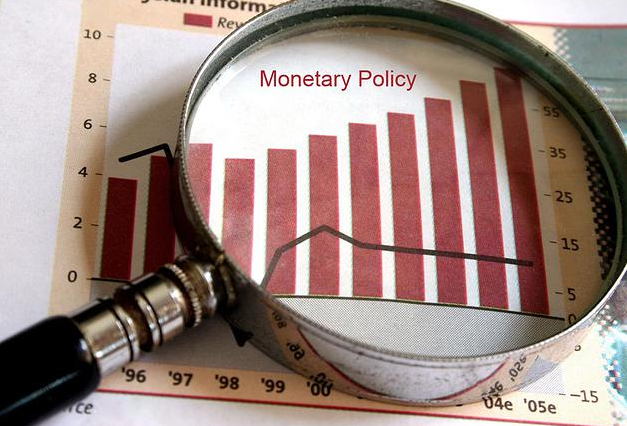 Price stability, or a relatively constant level of inflation, allows businesses to plan for the future. Fed believes this will encourage maximum employment, determined by non-monetary factors that fluctuate over time and are therefore subject to change. Therefore, Fed does not set a specific target for maximum employment and this target is largely determined by employers' assessments. Maximum employment does not mean zero unemployment because at any given time there will be a certain level of volatility as people change jobs.
Monetary authorities take exceptional measures in extreme conditions of the economy. For example, following the 2008 financial crisis, the US Fed launched a bond-buying program called “quantitative easing” to keep interest rates close to zero. Some critics argued that this program would cause an increase in inflation in the US dollar but inflation peaked in 2007 and declined steadily over the next eight years. As a result, US politicians have tried to keep inflation steady at around 2% per year.
Generally, countries experiencing higher growth rates target higher inflation rates. India's target is around 4%, while Brazil is targeting 4.25%.
Price stability, or a relatively constant level of inflation, allows businesses to plan for the future. Fed believes this will encourage maximum employment, determined by non-monetary factors that fluctuate over time and are therefore subject to change. Therefore, Fed does not set a specific target for maximum employment and this target is largely determined by employers' assessments. Maximum employment does not mean zero unemployment because at any given time there will be a certain level of volatility as people change jobs.
Monetary authorities take exceptional measures in extreme conditions of the economy. For example, following the 2008 financial crisis, the US Fed launched a bond-buying program called “quantitative easing” to keep interest rates close to zero. Some critics argued that this program would cause an increase in inflation in the US dollar but inflation peaked in 2007 and declined steadily over the next eight years. As a result, US politicians have tried to keep inflation steady at around 2% per year.
Generally, countries experiencing higher growth rates target higher inflation rates. India's target is around 4%, while Brazil is targeting 4.25%.
Extreme Examples of Inflation
The money supply can be rapidly increased for political reasons, resulting in rapid price level increases. The most famous example is the hyperinflation that hit the German Weimar Republic in the early 1920s. The victorious countries in World War I asked Germany to pay their compensation in non-German currency, as it was of dubious value due to government borrowing. Germany tried to print money, buy foreign currency with it and use it to pay off its debts. This policy led to the rapid depreciation of the German currency. Similar situations occurred in Peru in 1990 and Zimbabwe in 2007-2008.What is Hyperinflation?
Hyperinflation, which is generally defined as a series of rapid, excessive and out-of-control price increases, is seen in developed countries. This causes people to minimize their holdings in that currency as they often switch to more stable foreign currencies. Hyperinflation leads to a rapid and sustained increase in nominal prices, the nominal cost of goods, and the supply of foreign exchange. However, the general price level rises even faster than the money supply as people try to rid themselves of the depreciating currency as quickly as possible. In this case, the stock of real money (that is, the amount of money in circulation) is significantly reduced.Is It Good or Bad?
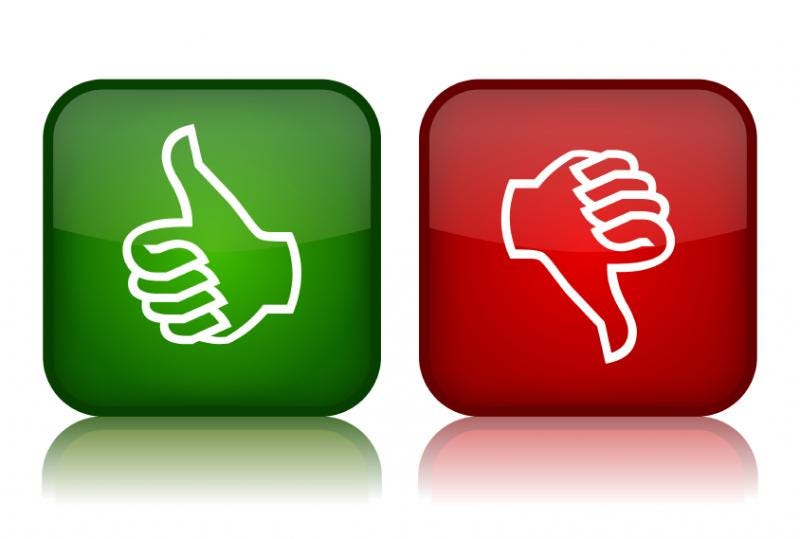 Too much inflation is generally considered bad for an economy, while too little inflation is also consideredharmful. Many economists advice low to moderate inflation at around 2% per year.
In general, higher inflation hurts more because it erodes the purchasing power of the money they save. However, it can benefit borrowers as the inflation adjusted value of their debt will decrease over time.
Too much inflation is generally considered bad for an economy, while too little inflation is also consideredharmful. Many economists advice low to moderate inflation at around 2% per year.
In general, higher inflation hurts more because it erodes the purchasing power of the money they save. However, it can benefit borrowers as the inflation adjusted value of their debt will decrease over time.
If you liked this article, this may interest you: Top 10 Winners and Losers of the Cryptocurrency Market
İLGİLİ HABERLER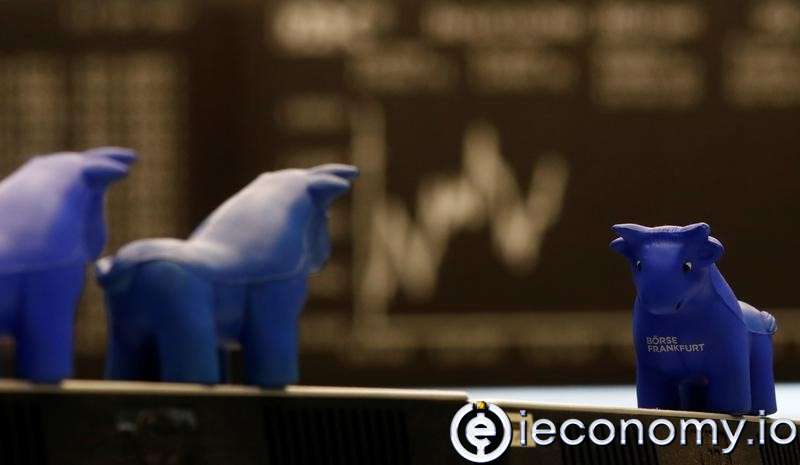
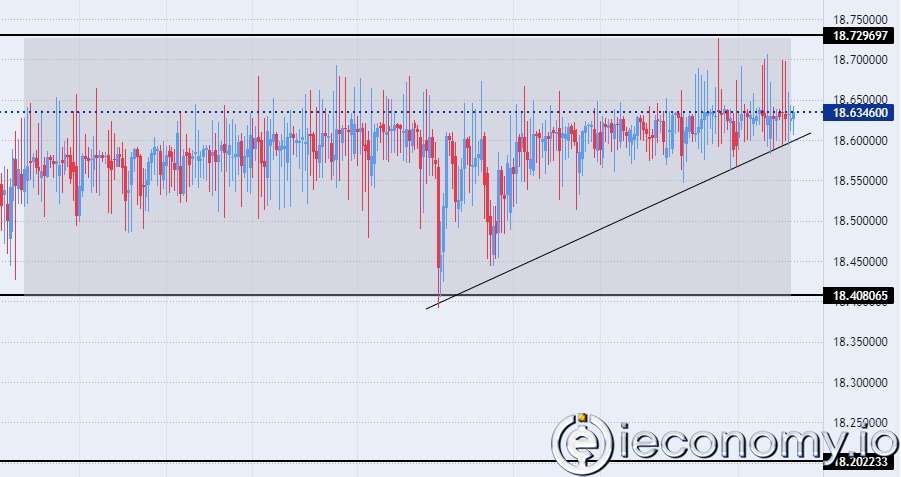
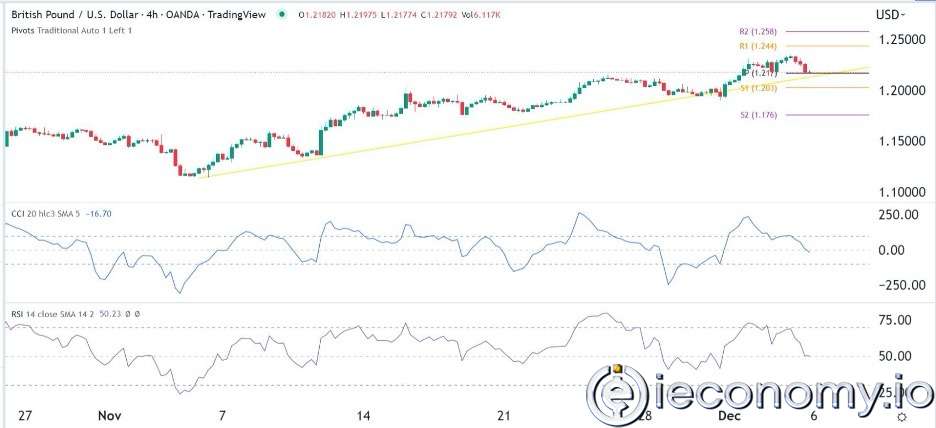
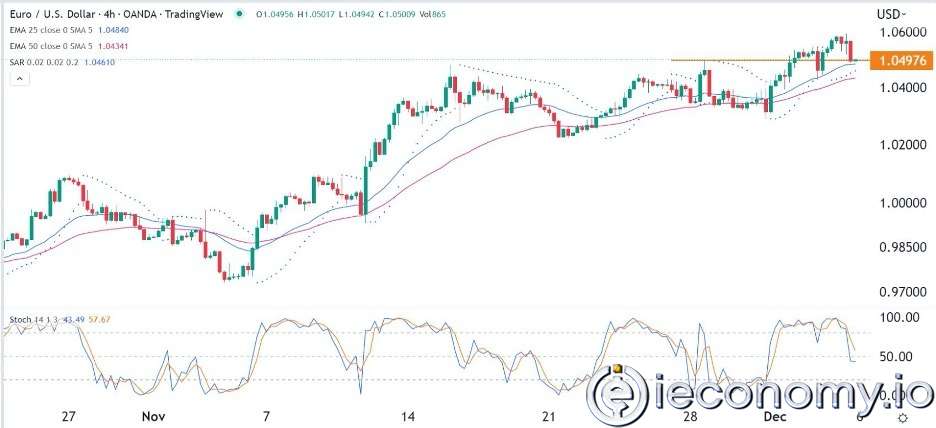
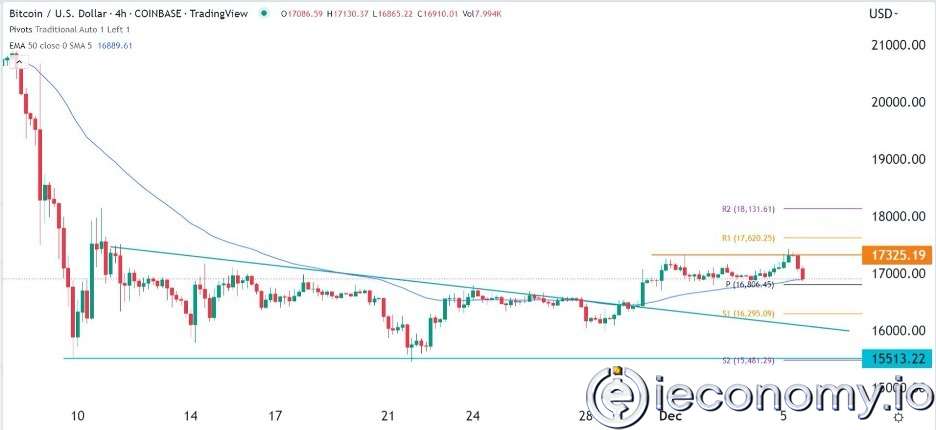

European stocks soared and focus shifted to German retail sales after Powell's speech!

Forex Signal For TRY/USD: Inflation Slowdown in November.

Forex Signal For GBP/USD: Bullish Trend Still Not Breaking While Recovery Continues.

Forex Signal For EUR/USD: Starry US Data Points to Higher Fed Increases.

Forex Signal For BTC/USD: Downside Continues as Bitcoin Recovery Moves Less.
En Popüler Haberler
Yorum Yap
Yorumlar
Henüz yorum yapan yok! İlk yorumu siz yapın...